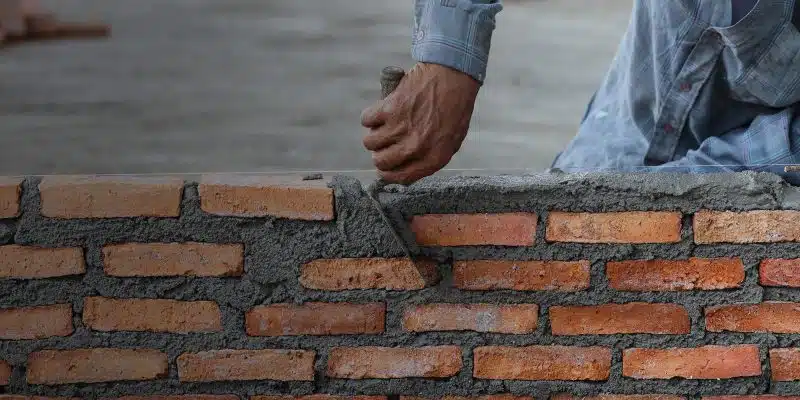As the most populous province in Canada, Ontarians are known for many things; unfortunately, low insurance costs is not one of them. Experts predict that the long, soft market for property insurance (a period of low insurance rates & premiums) is coming to an end, which will bring about a rise in property insurance rates, and ultimately higher premiums for homeowners across Canada. What can we do as homeowners, and property insurance buyers to lock in our rates with our insurance brokers, and possibly even see rate reductions on our policies?
To evaluate the factors affecting our property insurance premiums, it is first important to understand the underwriting process. Underwriting is the act of signing, and accepting liability, thus guaranteeing payment in the event of a loss or damage to an owner’s property. When an underwriter reviews a property risk – in our case as homeowners, our homes – they look at a number of aspects; among them, is what is called COPE information.
Construction – The construction of the property,e.g. wood frame, steel frame, masonry, etc…
Occupancy – The occupant of the property, e.g. residential or commercial.
Protection – Fire protection factors such as fire hydrants and fire stations.
Exposure – Neighbouring exposures that present their own risk to the property.
In this discussion, we will focus on Construction, and more importantly the class of buildings that are erected out of brick and mortar. This is arguably the most important factor in rating a homeowner’s insurance policy, and masonry structures stand out as some of the most reliable, and fire-resistive components in home building. Combined with a steel frame, and other fire-resistive materials, masonry structures can see significant savings when compared to wood frame properties with siding. It is not unheard of for insurance premiums on masonry built homes to be half of those on wood frame homes for the same insurance coverage.
Among other factors underwriters consider when pricing property insurance policies, are when the home was last updated. Updates to consider are electrical, roof, plumbing and structural tech-wonders. Updating your home to maintain its structural integrity can even qualify you for enhanced coverage, offering protection against a broader range of natural perils and hazards. Fixing chimneys along with porches and walkways can be a unique way to reduce your policy’s liability premium – the premium paid for liability coverage; in which the buyer is protected in case they become liable for a third party’s injury such as a slip and fall. Individuals are often asked to send pictures of their homes to the underwriters for review. A well-managed property, free of clutter and visible damage is likely to sit well with the underwriter’s criteria and be factored favourably in to his pricing.
Preserving the functional integrity of your property and restoring areas where signs of age and damage are apparent, can reduce the premium on your property and liability insurance coverage. Whether you are considering a new build, or contemplating renovating or repairing an existing structure, employing the right masons can have a significant impact on your home’s aesthetics, value and the costs of your insurance policy
Frequently Asked Questions:
- Why are insurance premiums for masonry-built homes often lower?
- Masonry-built homes are generally considered more fire-resistant and durable than wood-frame homes, which can lead to lower insurance premiums due to reduced risk.
- What is COPE information and how does it affect my property insurance premium?
- COPE stands for Construction, Occupancy, Protection, and Exposure. These factors are assessed during the underwriting process to determine the risk and appropriate premium for insuring a property.
- How can updating my home affect my insurance premiums?
- Updating key components like electrical systems, roofing, and plumbing can reduce perceived risks, potentially qualifying you for lower premiums and enhanced coverage options.
- What kind of updates can specifically reduce liability premiums?
- Fixing structural elements such as chimneys, porches, and walkways can minimize hazards that lead to injuries, thereby reducing the liability premium of your insurance policy.
- What should I provide to my insurance underwriter for a favorable review?
- Providing clear, updated photographs of your property that show well-maintained, clutter-free areas can positively influence an underwriter’s assessment of your property’s risk level.
- How does the construction material of my home impact my insurance rates?


